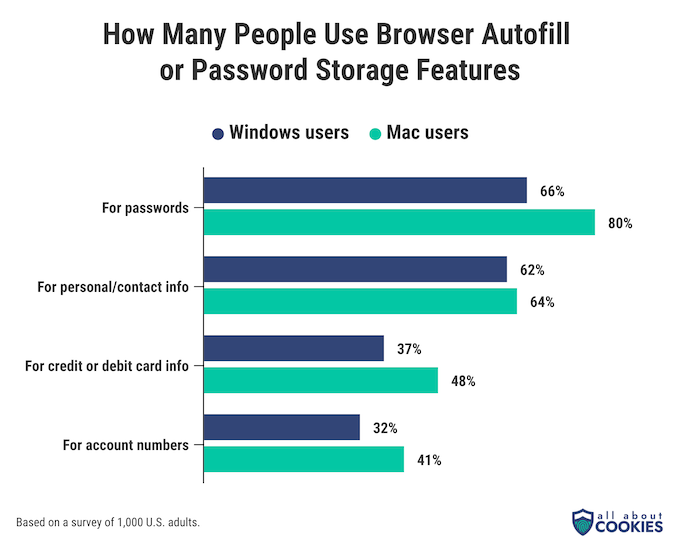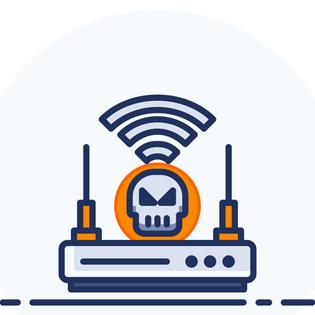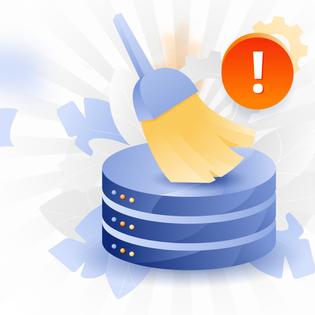Advertiser Disclosure
All About Cookies is an independent, advertising-supported website. Some of the offers that appear on this site are from third-party advertisers from which All About Cookies receives compensation. This compensation may impact how and where products appear on this site (including, for example, the order in which they appear).
All About Cookies does not include all financial or credit offers that might be available to consumers nor do we include all companies or all available products. Information is accurate as of the publishing date and has not been provided or endorsed by the advertiser.
Editorial Policy
The All About Cookies editorial team strives to provide accurate, in-depth information and reviews to help you, our reader, make online privacy decisions with confidence. Here's what you can expect from us:
- All About Cookies makes money when you click the links on our site to some of the products and offers that we mention. These partnerships do not influence our opinions or recommendations. Read more about how we make money.
- Partners are not able to review or request changes to our content except for compliance reasons.
- We aim to make sure everything on our site is up-to-date and accurate as of the publishing date, but we cannot guarantee we haven't missed something. It's your responsibility to double-check all information before making any decision. If you spot something that looks wrong, please let us know.
Despite ever-present changes in the cybersecurity landscape, many people still hold outdated digital safety beliefs. One example is a belief that computer viruses primarily target Windows machines but not Mac devices. While this may have been partially true in the past, it certainly isn’t today.
The All About Cookies team surveyed people to see if there are any other noticeable differences between Windows and Mac users on cybersecurity measures. Read on to find out which group has gotten viruses most often, how many users implement protective measures, and more.
Safety measures by operating system
Online safety by operating system
Digital safety headaches by operating system
Phishing attempts by email provider
How to improve your digital security
Methodology
Key findings
- PC and Mac users report computer issues at the same rate, including viruses, malware, and major computer repairs.
- Mac users are significantly less likely than Windows users to use antivirus software (34% of Mac users vs. 57% of Windows users).
- Mac users are also significantly less likely than Windows users to use anti-spyware software (9% of Mac users vs. 20% of Windows users).
- Windows users are more likely to feel unsafe on public Wi-Fi (52%) than Mac users (44%).
- Mac users are significantly more likely than Windows users to use autofill for passwords, personal info, and financial info.
Safety measures by operating system
While most devices and operating systems come with built-in safety and security features, there are additional ways that users can increase the safety and security of their devices. We wanted to see how many users of each operating system opt to use some of the most common resources.

Mac users are more likely than Windows users to opt in to features like two-factor authentication, fingerprint recognition, facial recognition, and regular device back-ups.
One thing all these features have in common is how easy it is for Apple users to implement them. Things like Touch ID (fingerprint recognition), Face ID (facial recognition), and iCloud back-ups come standard on most Apple devices. Plus, two-factor authentication is incredibly easy to implement on Apple’s operating system.
However, Windows users are more likely to implement more powerful security tools, especially antivirus software: 57% of Windows users use it compared to just 34% of Mac users.
Similarly, Windows users use firewalls at a rate 11 points higher than Mac users (34% vs. 23%), and they also use anti-spyware software more than twice as often.

Regardless of your preferred operating system, it’s always a good idea to keep your software up to date. System updates frequently include bug fixes, improvements, and security patches. Outdated software can be more vulnerable to attack.
On this front, Windows users are better at staying on top of things than their Mac counterparts. Nearly half of Windows users (48%) tend to update their systems as soon as possible compared to just over one third of Mac users (34%).
Online safety by operating system
While the internet is an incredible resource, it also allows cybercriminals to target your information and devices. That includes your passwords and browser autofill data.

Your browser’s built-in password storage and autofill functionality makes it easy to enter login information, credit card details, and other personal info when you buy something online or fill out a form. While this seems convenient, it can become another target for cybercriminals.
Despite that risk, more than two thirds of both Windows and Mac users use browser autofill tools to save passwords. Mac users are notably more likely to use them for that purpose.
In fact, Mac users are more likely to use browser autofill to store every single kind of data available, including nearly half of Mac users (48%) who report storing their credit or debit card information on their browser. That rate is 11 points higher than Windows users (37%).

Public Wi-Fi has become an important amenity in our increasingly connected world. And while it can be convenient to go online at coffee shops and bookstores, connecting to an unsecured Wi-Fi network is a risk.
Because of that, more than half of Windows users (52%) indicate they feel unsafe on public wireless networks, while 44% of Mac users say they feel the same way.
Digital safety headaches by operating system
While many users of both Windows and Mac operating systems take advantage of some available safety features, there is no way to guarantee your device’s security unless you refuse to connect it to the internet.

To that end, almost half of Mac (49%) and Windows (47%) users report that they have gotten a computer virus on their device. Given old-school thoughts about Macs’ resistance to viruses, it is notable that virus rates are incredibly similar on both operating systems. And given our earlier findings about how many people use antivirus software, it’s even more notable that Mac users report viruses at a slightly higher rate than Windows users.
Phishing attempts by email provider
Phishing is an incredibly common method cybercriminals use in an attempt to gain access to people’s personal information. It is so common, in fact, that our survey found that the average person encounters 13 phishing attempts every week — mostly in their email inboxes.

Beyond operating systems, we wanted to see if someone’s preferred email provider impacts how often they receive phishing attempts. As it happens, it does.
While the number of weekly phishing attempts that both Gmail (12) and Yahoo Mail (9) users encounter is below our calculated average, people who rely on Microsoft Outlook get 16 phishing attempts per week. That’s 33% more than Gmail users and almost double Yahoo users.
No matter which email provider or operating system someone uses, a key way to combat phishing is to report it to email providers, IT personnel, and law enforcement. Unfortunately more than half of people (55%) say they rarely or never report these kinds of messages, while just 28% say they report them most of the time, or every time, they encounter them.
How to improve your digital security (no matter your operating system)
No matter which OS you use, your device safety is critical to protecting yourself online. Here are some tips for your next login:
- Understand that viruses are very common. Decide which antivirus software is right for you so you can prevent threats and tailor your antivirus program to your preferred hardware.
- Protect yourself on public Wi-Fi networks. Subscribe to one of the best VPNs and use it while you're on public Wi-Fi networks to protect your data.
- Learn about the risk of potential malware. While you may not always be able to prevent malware from coming in, using good malware removal software is crucial to make sure there won’t be long-term impacts from a malware attack.
- Protect yourself from identity theft. More often than not, there is a way to prevent identity theft. Read up on ways you can protect yourself from identity theft, and how to recover if your info becomes compromised.
Methodology
All About Cookies surveyed 1,000 U.S. adults in June, 2023. Respondents were asked to identify which operating system and email provider they use on the personal computer they use most often. Only 2% of respondents indicated they use an operating system that is not Mac or Windows, while 13% said they do not use a computer at all.
-
High level of antivirus protection
-
Protection from malicious viruses, malware and dangerous websites
-
User-friendly interface and overall app
-
Lacks firewall protection





